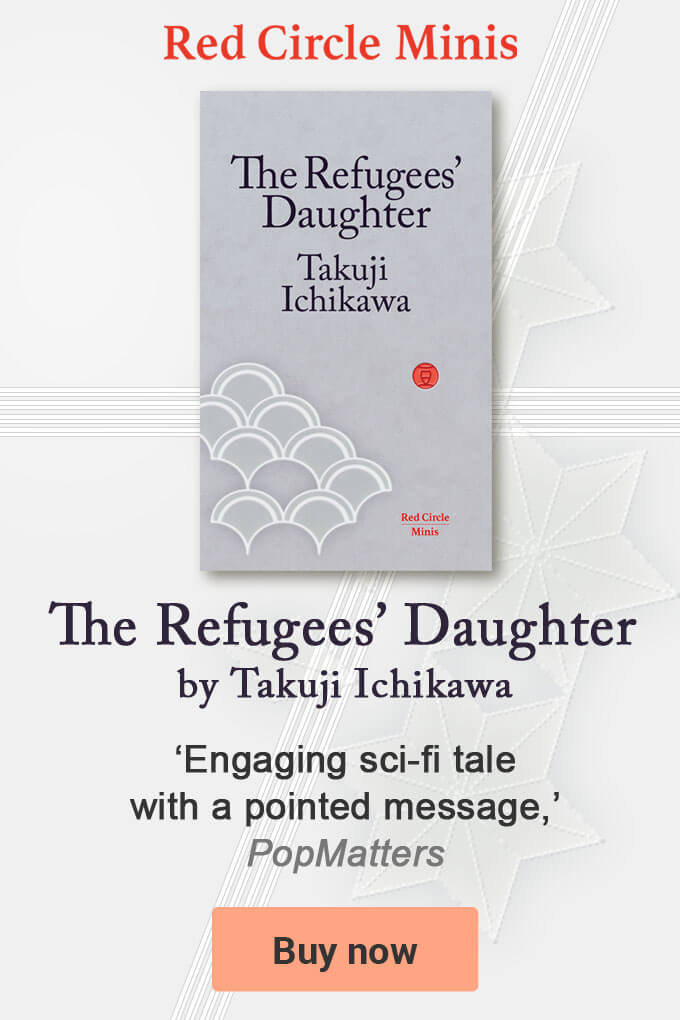Japan’s military conscription rules changed as the Second World War progressed. These changes included lowering the age that individuals had to reach before falling into scope for the Japanese wartime draft as well as the cancellation of university student deferments.
Students who studied most subjects, including literature and the humanities, were drafted. Most ending up as soldiers, but some students were exempt such as students studying medicine. High school students were also mobilised to work in factories to help the war effort in its final years.
This no doubt encouraged some literary types such as Kobo Abe (1924-1993), whose father was a doctor, to study medicine. In 1943 Abe entered Tokyo Imperial University Medical School, but after graduating he never actually practised clinical medicine.
Many believe his wife, who was an artist and theatre designer and subsequently illustrated some of his books, was the inspiration and the main reason behind his decision to quit the medical profession shortly after he graduated from university and one year after they married in 1947.
Abe, who is said to have been a shy man beneath the mantle of arrogance that success can sometimes bring, went on to become one of Japan’s most renowned and respected authors as well as a favourite amongst Japanese creative types who have dubbed him ‘The Kafka of Japan’. His daughter and only child, however, decided to return to the family tradition of becoming a practising doctor. She is an obstetrician and a mother of three children.
Another brilliant Japanese storyteller who studied medicine in Japan in the 1940s and is known as ‘The Walt Disney of Japan‘, is Osamu Tezuka (1928-1989). He is probably Japan’s most famous animator and manga artist.
Tezuka studied medicine at Osaka University from 1945. He also had a medical family background, and was already actively publishing stories as a student.
Medical studies and the understanding of science, that Tezuka and Abe possessed, in particular the study of anatomy, had an impact on their storytelling. This is reflected most evidently in both of their robot-related narratives – a genre they were both pioneers within; and one that would eventually become something of a national obsession.
Interestingly, Arthur Conan Doyle (1859-1930) was also a trained clinician, and at one point ran a struggling medical practice in Hampshire, before making his name with his creations Sherlock Holmes and Dr. Watson in 1887.
Doyle just like Abe and Tezuka has had a major long term influence on publishing and storytelling trends in Japan, creating a cluster of ultra influential clinically-trained fiction writers, who have; alongside Akinari Ueda (1743-1809), an Edo Period (1603-1868) writer, a physician author and waka poet, famous for his spooky tale Ugetsu Monogatari, Tales of Moonlight and Rain, helped change Japanese storytelling for the better.

